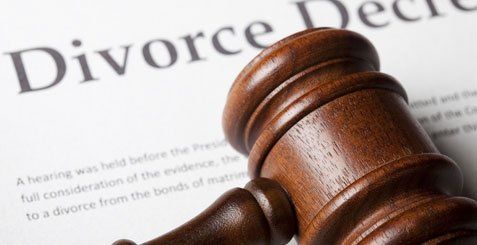10 Things That Happen If You Get A DUI
If you are arrested for drunken driving in Vermont., there are several things that are going to happen that will cost you significant hardship, stress and maybe money. If you are convicted of driving under the influence and you want to get your driving privileges back, you will need to satisfy a number of requirements. Contact one of the experienced Vermont DUI attorneys at Jarvis, McArthur & Williams to learn more.
Court appearances, fines, and fees are just the beginning for convicted drunk drivers. There is also the expense of going to DUI school, getting evaluated for a drinking problem, getting treatment if you have a problem, paying higher insurance premiums and having an interlock device installed on your vehicle, in many states.
The following pages outline in detail some of the things that will happen if you get a DUI. None of them are fun, and most are expensive.
Arrested and Booked
If you are arrested on suspicion of drunk driving, the first thing that will happen is you will be placed into a police vehicle and taken to the nearest police station or jail. There your photograph (mug shot) will be taken and you will be fingerprinted.
In Vermont, you can be released immediately if someone comes to the police department and drives you home. If no one is available to pick you up, you will be taken to a sober environment or jail until you do not have any alcohol in your system.
Appear in Court
At the time of your arrest, you will be may remain in jail until you appear in court or given a citation that tells you the date that you have to appear in court to face driving under the influence charges. For some drivers, it is a humiliating experience to have to appear in public to answer charges of being drunk. There will likely be multiple court hearings to address the Vermont DUI.
Lose Your Driver’s License
In Vermont, even for a first-time conviction, your sentence will include the loss of driving privileges for a period of time. Vermont does not offer a hardship license that allows you to drive to work or school during the time your license is revoked or suspended, your driving privileges are drastically curtailed. Vermont does offer a restricted driver’s license program. You should contact one of the Vermont DUI attorneys at Jarvis, McArthur & Williams to learn more.
Pay a Fine
If you are convicted of driving while intoxicated in Vermont, part of your sentence may include paying a fine. In Vermont, you will also have to pay the court costs associated with your case.
Go to Jail
In Vermont, jail terms have become potentially mandatory for repeat offenders. If there are aggravating circumstances connected with your DUI case, the jail penalties can be increased significantly.
Complete the Terms of Probation
Even if you are not sentenced to any jail time for your DUI conviction, you may be given a probation sentence, the terms of which are determined by the sentencing judge. If you fail to meet the terms of probation, you can be sent to jail.
Regardless of the terms, the probation sentence itself is another expense you will have to pay. Typically, this is a monthly fee you must pay for the cost of administering and supervising your probated sentence.
Go to Drunk Driving School
In Vermont, if you want your driving privileges returned after a drunk driving conviction, you will have to complete an alcohol and drug education program, usually referred to as CRASH.
These classes include hours of drunk driving prevention education and an assessment of your drinking habits. And there is a fee for attending these classes, another expense you must pay to get your driver’s license back.
Undergo Alcohol Evaluation
As part of the court-ordered alcohol education and assessment program mentioned above, a trained counselor will also evaluate your pattern of alcohol consumption to determine if you have an alcohol abuse disorder. Typically, the evaluator will ask you a series of questions about how alcohol affects your life.
Pay Higher Auto Insurance
In Vermont, if you get a DUI conviction, you will have to get a special insurance policy, known as SR-22 insurance, before you can drive a vehicle. The cost of SR-22 insurance can double or even triple your premiums. Usually, you will be required to carry this most expensive auto insurance for a period of three years.
Install an Ignition Interlock Device
Vermont, drivers who are convicted of second and third offense DUIs are being required to install ignition interlock devices on their personal vehicles. first-time offenders are eligible to install ignition interlock devices but are not required to install them. Once a device is installed, the driver can receive a restricted driver’s license to operate the vehicle that has the ignition interlock. The device requires the driver to have alcohol-free breath test result before the vehicle will start.







